











































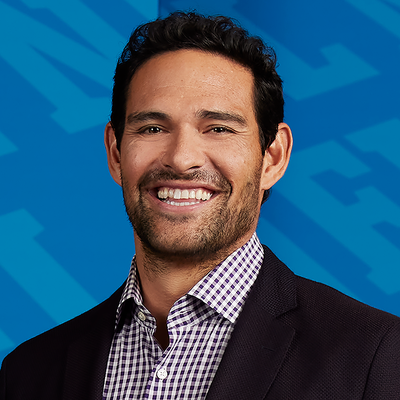
















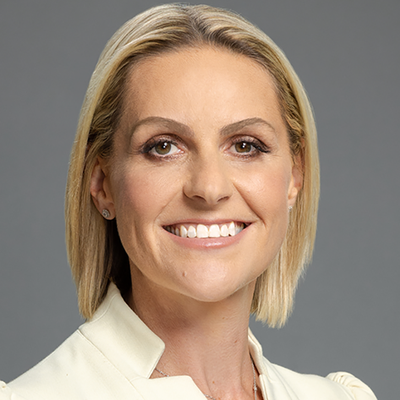

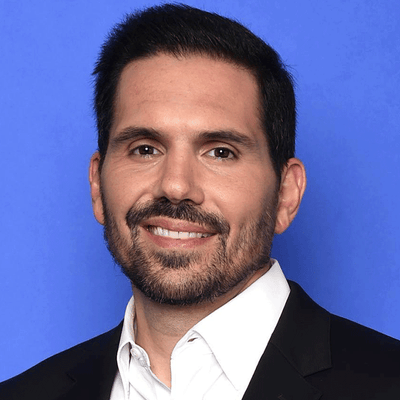







































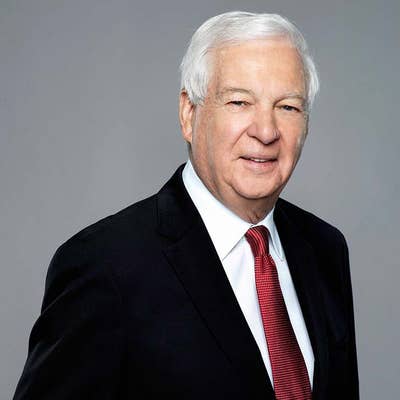




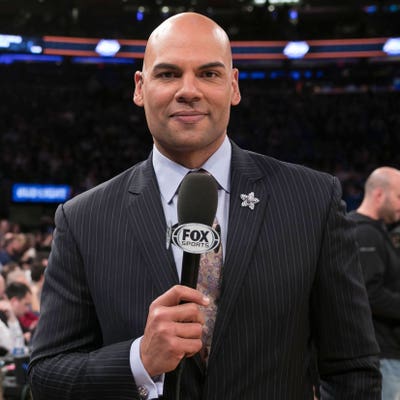
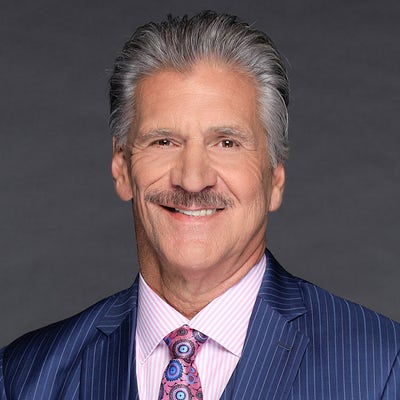






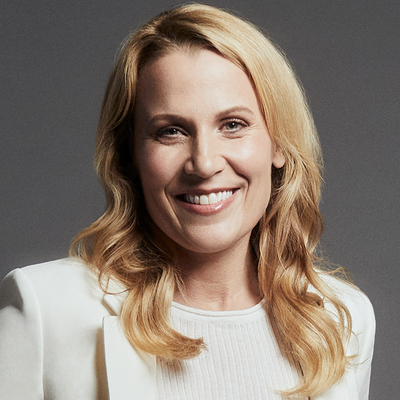








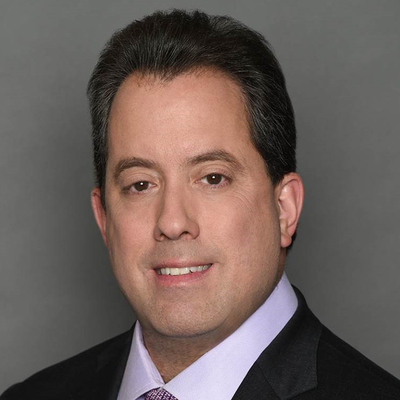








A's overpaid for Billy Butler because of lack of other spending options
When I was just a young lad, a quarter would get you a candy bar and $10 million would get you an entire baseball franchise. Granted, I was a young lad quite some time ago. Now a candy bar's like a dollar, and all $10 million gets you is one season of Billy Butler.
Wait, really? Even today, that's all $10 million gets you? Well, that's not all. Last year, $10 million got you -- and by you, I mean the Oakland Athletics -- 40 1/3 innings (and 33 runs!) from Jim Johnson. This year, $10 million gets you Billy Butler. Same for 2016 and '17, as the A's reportedly are signing Butler for three years and $30 million.
The easy and obvious reaction is that three years and $30 million is excessive.
Because, you know, it is. Butler has zero defensive value and zero baserunning value, and he wasn't even a league-average hitter last season. Still, Butler's 2014 was quite probably a negative outlier. In 2015, he'll probably hit something like this career marks, which would be worth around $10 million (in a vacuum, of course). Butler turns 29 next spring so we can't assume that he'll get any better ... but we also know that salary inflation will (roughly) balance his expected (slight) decline.
Actually, Butler figures to be worth around $8 million next season, but that's close enough to $10 million to be hardly worth mentioning.
The interesting question, then, isn't what Billy Butler's worth. We might as well just assume that he's worth (roughly) what the A's are paying him. The interesting question is this: Could the A's really not find a better way to spend $30 million?
That's the question I always have trouble answering when a relatively poor team spends the going rate for a player who doesn't actually seem all that good. I thought you were supposed to play those guys when they're young and cheap, and let the Yankees pay for their decline phase.
But apparently this is just the sort of thing that happens when a relatively poor team does have money to spend, but doesn't have any good young players worth locking up with a long-term contract.
Seriously. I was just looking at the A's roster. Sonny Gray's 25. He won't be eligible for free agency until after the 2019 season. And he's essentially the only Athletic in whom you would even consider making a large investment. Which leaves the A's with not a great number of options, spending-wise. As if high-quality free agents weren't scarce enough, now so many teams do lock up their young players with long-term deals that if you want to spend, you almost have to overspend. So the A's have overspent, first on Johnson last season and now on Butler for three seasons. And it's hard to blame them, once you realize they've essentially run out of better ways to spend their money.